Use these tactics
Let’s explore these tactics with an example: Pip’s Cafe
At three months since opening, Pip’s Cafe needs a strategy check-in to ensure sustainable growth and customer retention beyond the initial buzz. See below how Pip’s Cafe uses these tactics to solve their problem.
1
Use Complaint Department to transform complaints into change
Use Complaint Department to transform complaints into change

🧠 What’s the goal? Turn individual complaints into shared challenges that make change possible.
👀 Why is this important? It’s time to air those grievances! What is it about the way things are that is frustrating, bad or just plain wrong? Get it all out on the table and sort through the heap until you find the right issue to work on next.
💡 Tip: use inclusive language when you can like ‘we’, ‘our’, and ‘us’ emphasize collective ownership of challenges.
Instructions
-
Ask your team the following question: “What complaints do you have about our current situation?”. Invite everyone to write down their answers, one per sticky note, and place them on your workspace.
Important: ask that they phrase each complaint negatively, so that everyone can understand just how bad it is.

-
One by one, read each complaint to the group and invite a brief discussion: “Does everyone agree that this is bad? Why/why not?”. If there isn’t agreement, revise it together or set it aside. Any complaints that remain at the end are no longer ‘complaints’, but shared challenges!
-
Draw the diagram shown below. As a group, decide where to place each challenge.
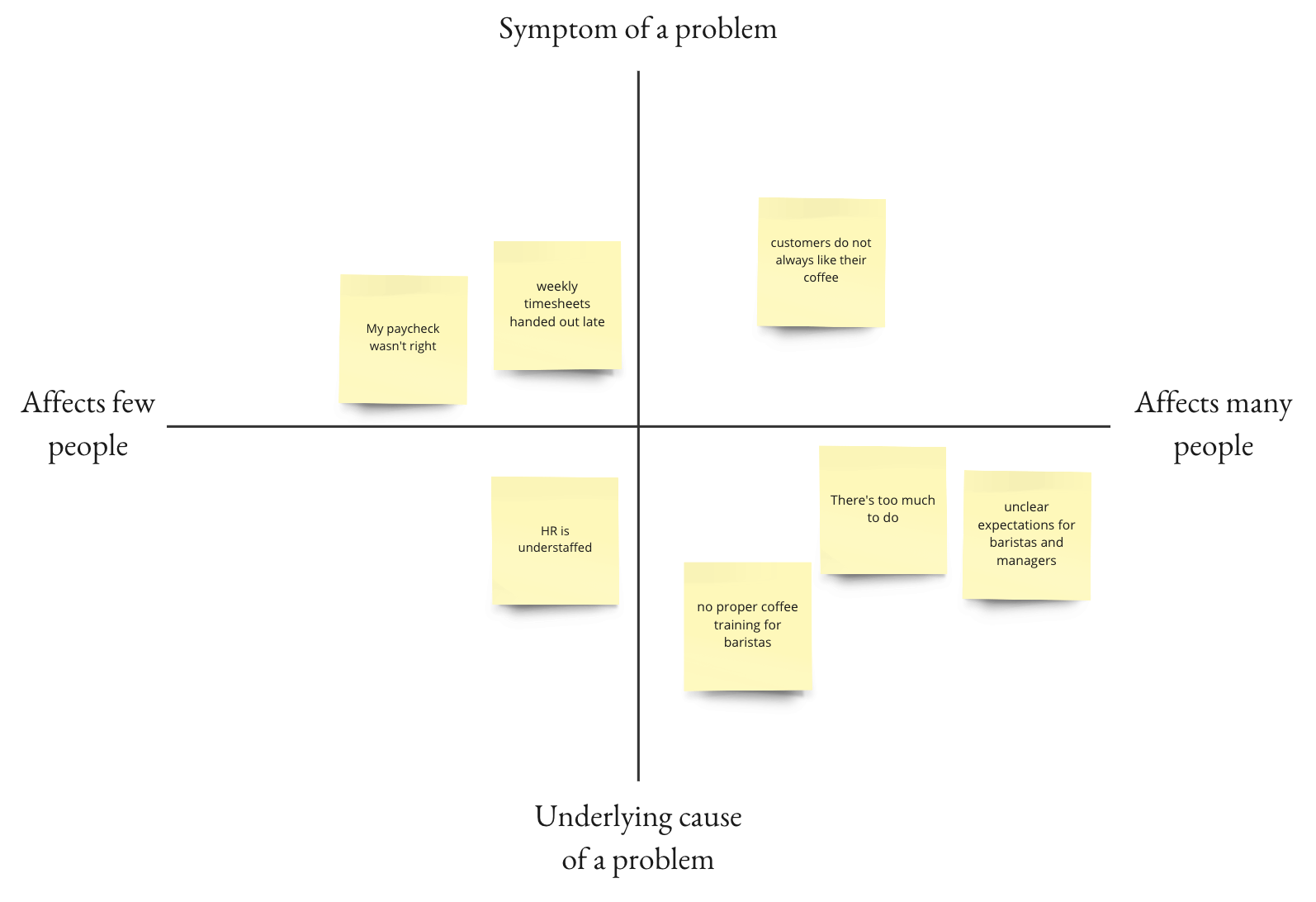
-
Decide as a team which 3-4 you want to act on first. You’ll use these in the next tactic. We recommend you choose from the right side of the quadrant in the area that ‘affects many people‘.

⬇️ In the next tactic, you will take your top your complaints and make a plan to improve the situations with Default Disaster.
2
Use Default Disaster to plan to avoid potential catastrophes
Use Default Disaster to plan to avoid potential catastrophes
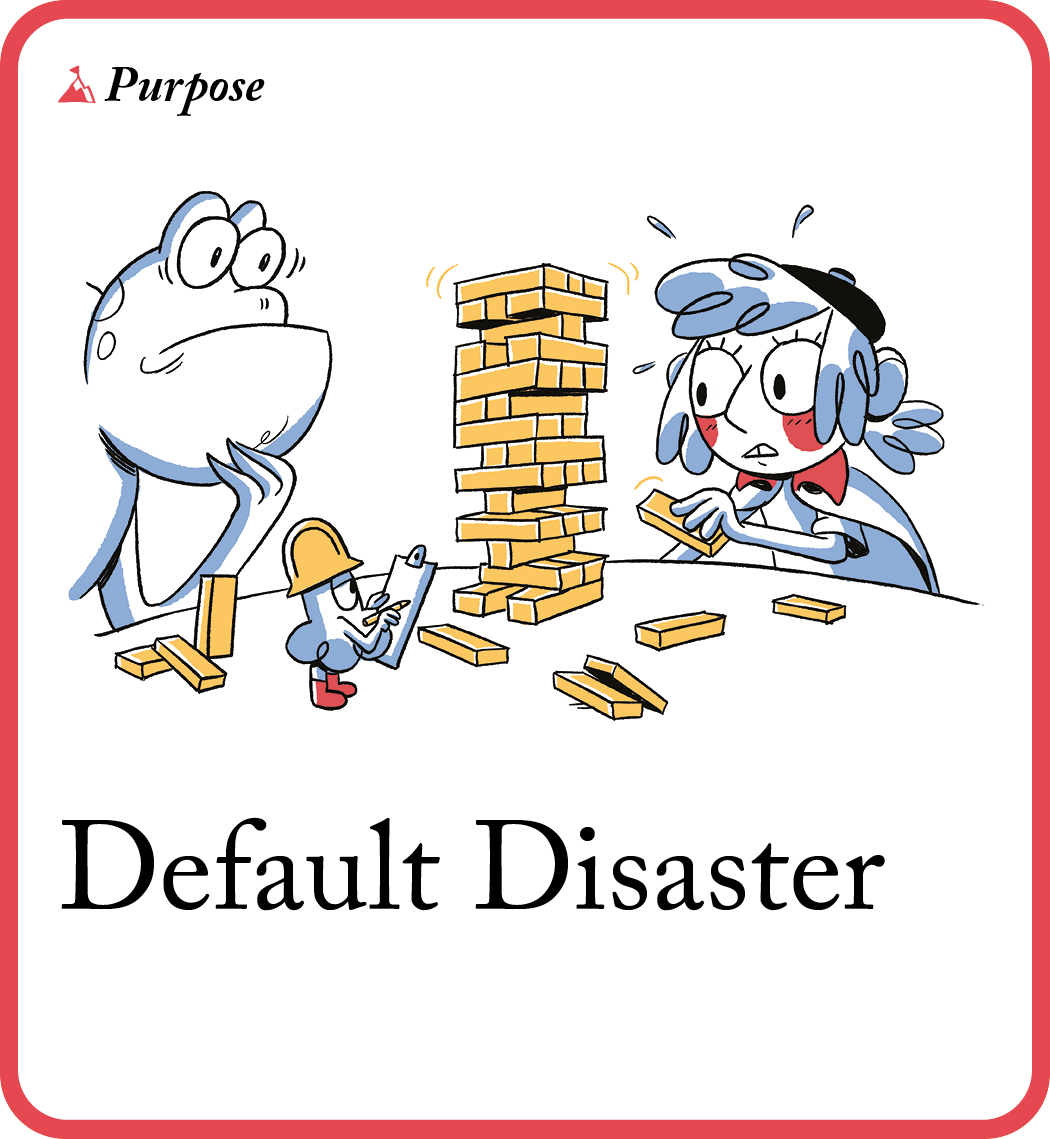
🧠 What’s the goal? Imagine the catastrophe that will happen if nothing changes, and then make a plan to avoid it.
👀 Why it’s important: Sometimes it’s hard to choose which problem to work on. This tactic brings the clarity that only an ‘oh fudge!’ moment can bring! Identify what kind of horrible futures are already on their way, to help you escape your indecision and find the courage to take action, right now.
💡 Tip: encourage active participation by creating a comfortable, inclusive environment and explicitly inviting input from each member, possibly rotating speaking opportunities to ensure all voices are heard and valued.
Instructions
In the last tactic, you decided on your top complaints to use as the problems to address in this activity.
-
Gather your team around the workspace. Divide it into three sections: Now, Next, and Eventually.
-
Pick one problem, then ask everyone to imagine the immediate consequences if it remains unaddressed. Capture this in the Next section.
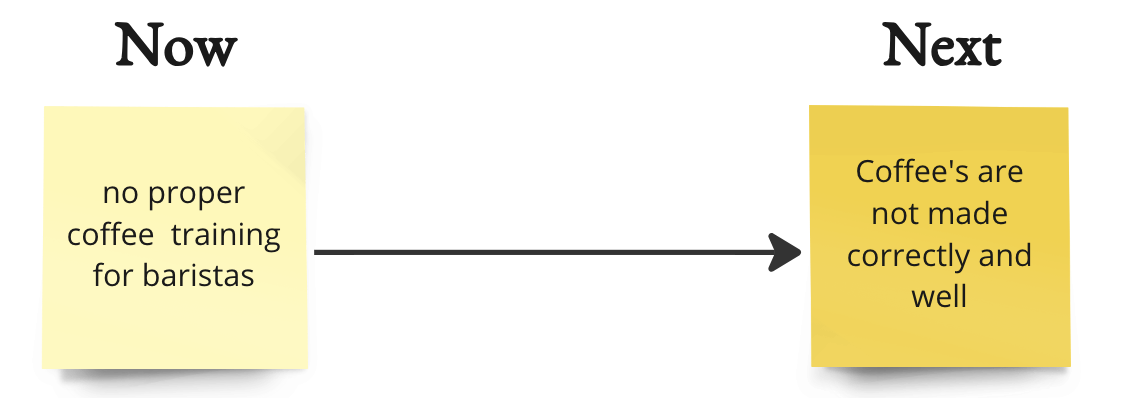
-
For the same problem, invite everyone to play the consequences out even further. ‘What disaster will happen eventually if it remains unaddressed?’ Capture each potential catastrophe and add it to the Eventually section.

-
Ask the group: “Given what happens Next and Eventually, which Now problems will we regret ignoring the most?” Give everyone three votes to allocate however they like within the Now section. Take the Eventually with the highest Now votes to use for the next tactic.

Highest voted worrisome future:
⬇️ In the next tactic, take your most voted on/worrisome future and use it with Tripwire to start planning on how to prevent this situation.
3
Use Tripwires to establish an early-warning system
Use Tripwires to establish an early-warning system
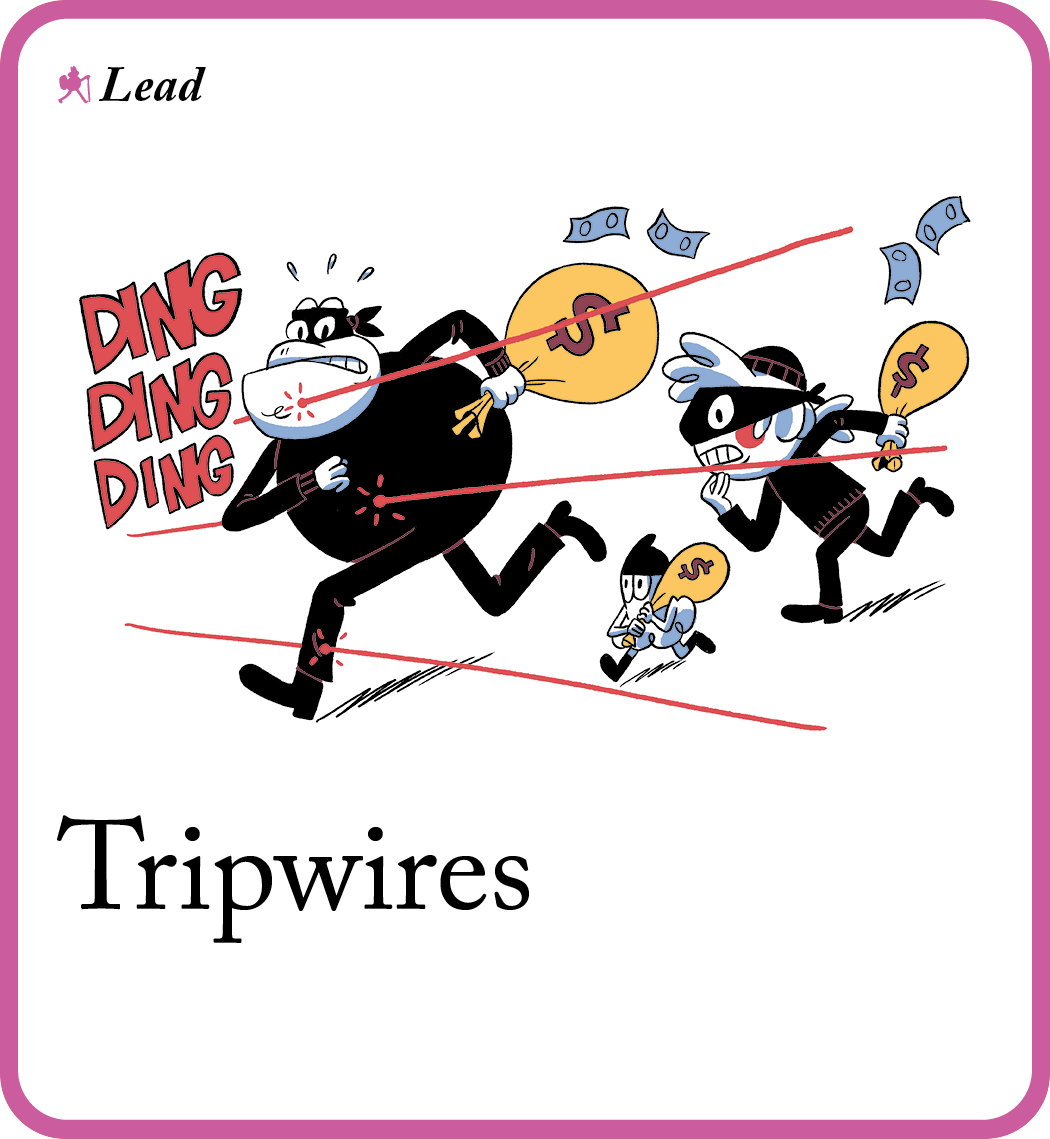
🧠 What’s the goal? Set up an early-warning system to find out when change is on its way, so you can buy time to make a plan.
👀 Why is this important? Following conventional advice, we should plan ahead whenever we can. After all, proactive is better than reactive, right? But what if the possibilities to plan for are endless? Should we really spend all our time on ‘what ifs’ at the expense of getting things done right now? This tactic strikes a better balance by making it safe to delay planning efforts until there are tell-tale signs of change on the horizon.
💡 Tip: ensure clarity and coherence in the discussion by having the designated writer periodically read back the compiled responses to each question, allowing for real-time adjustments and ensuring all team members’ inputs are accurately and comprehensively represented.
Instructions
- In the last tactic, you figured out your top worrisome futures and voted on the one you would regret to ignore the most. Use this most worrisome future for the activity below.
-
Get your team together around a workspace. Have one person write your ideas on sticky notes, while the rest of the group discusses the following:
a. Describe a future possibility that is worrisome. Use the highest voted on disaster from the last tactic. Place this on a sticky note on the right-hand side of the workspace.
b. What happens just before the outcome becomes inevitable? Add that to your workspace, just to the left of the first sticky note. And what happens before that? (Add another sticky note to the left.) And before that? (Another sticky note.)
Keep writing to build out the situation, going backwards in time.
c. Finally, how does it all start? What early warning signs could you see, long before things start to go wrong? Add this on the left-hand side of your workspace.
Tip: read everything you’ve written in the reverse order to that which you wrote it in; it should make sense!

-
Use the template below to create a series of tripwires, and record them in the notes:
We will check for [early warning sign] every [frequency]. If the sign is there, we will start planning for the possibility of [worrisome outcome] happening.

-
Monitor your trip wires by following the plan you described in the template. From the moment you’re alerted by a tripwire, make the most of the opportunity to change the direction away from a bad outcome.
-
Repeat this tactic multiple times to create a network of tripwires that covers all major worries and potential disasters.
⬇️ In the next tactic, now that you have set up your tripwires, it is time to start realistic reassessment of your direction with Feasible Futures.
4
Use Feasible Future to realistically reassess your direction
Use Feasible Future to realistically reassess your direction
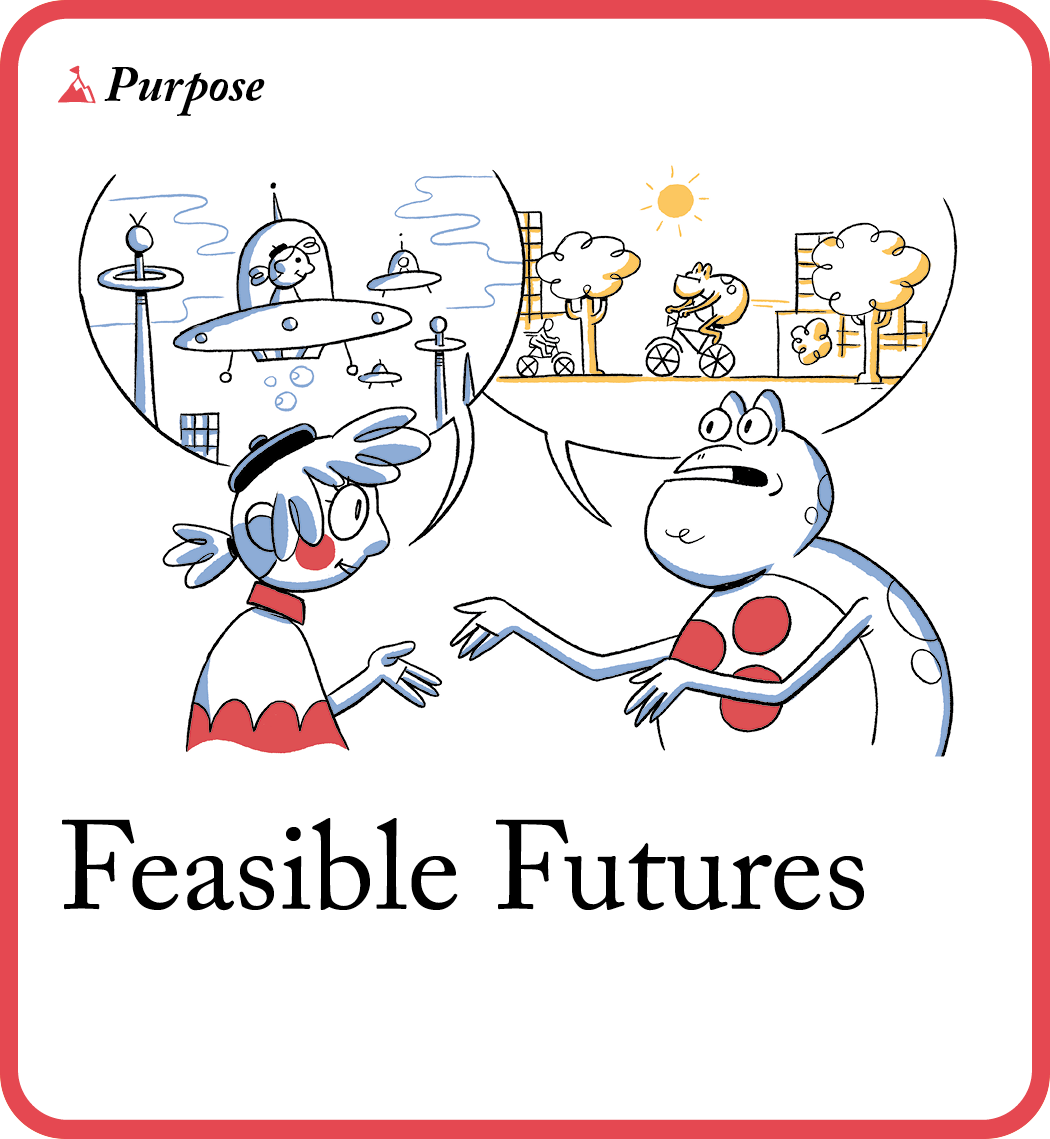
🧠 What’s the goal? Balance realistic and imaginative future planning by envisioning what could be developed today if starting from scratch, avoiding the pitfalls of overly conservative or excessively utopian thinking.
👀 Why is this important? When planning for the future, it’s easy to make the mistake of either aiming only for a slight improvement on what we have (too unimaginative) or betting everything on an unlikely utopia (too fantastical). This tactic balances imagination with reality by asking “What would we build today if we had to start over from zero?”.
💡 Tip: throughout the discussion, particularly during imaginative thinking, consistently anchor the team with gentle reminders about the boundary of staying within realistic and feasible parameters, ensuring the ideas you generate are actionable and relatable to the organization’s current capabilities and context.
Instructions
- In the last tactic, you found your team’s tripwires, and now with this knowledge at the back of your mind you will plan for the future.
-
Gather your team and ask each person to make their own list of things they’re currently working on – tasks, tickets, projects, products, services or anything else that takes up their time.
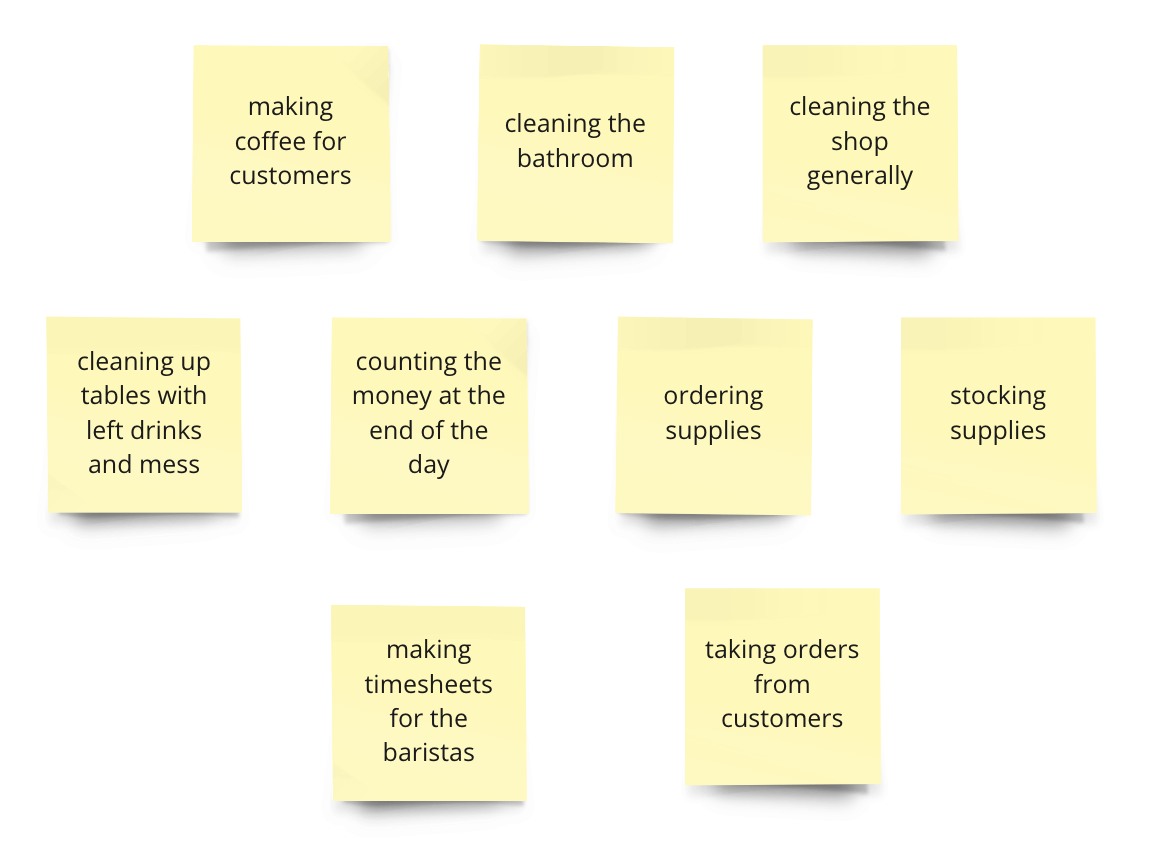
-
Read the following out loud: “I’d like you to imagine that every single thing on your list has been destroyed, discontinued or defunded. Imagine that the rest of the world is fine, our organization is still here, but all our work is gone.”
Discuss:
• “What’s the bad news?” (Why should we grieve?)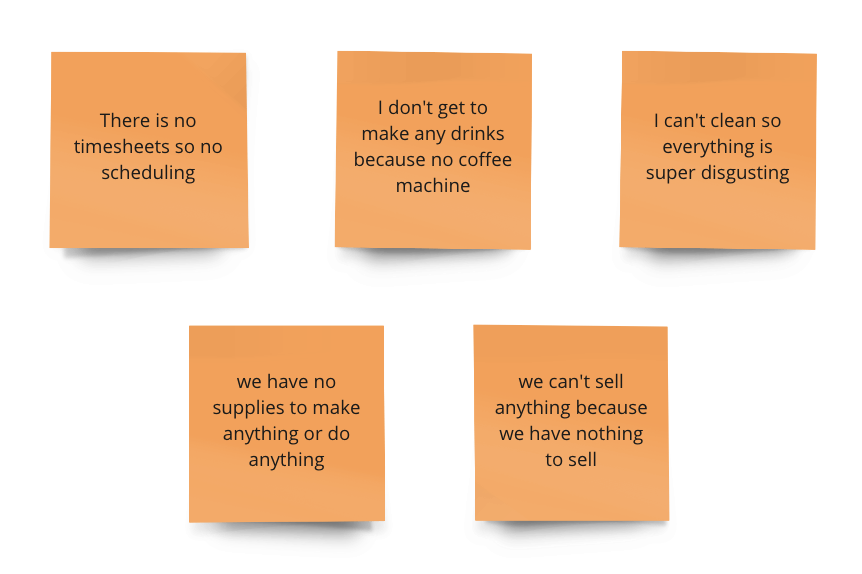
• “What’s the good news?” (Why should we celebrate?)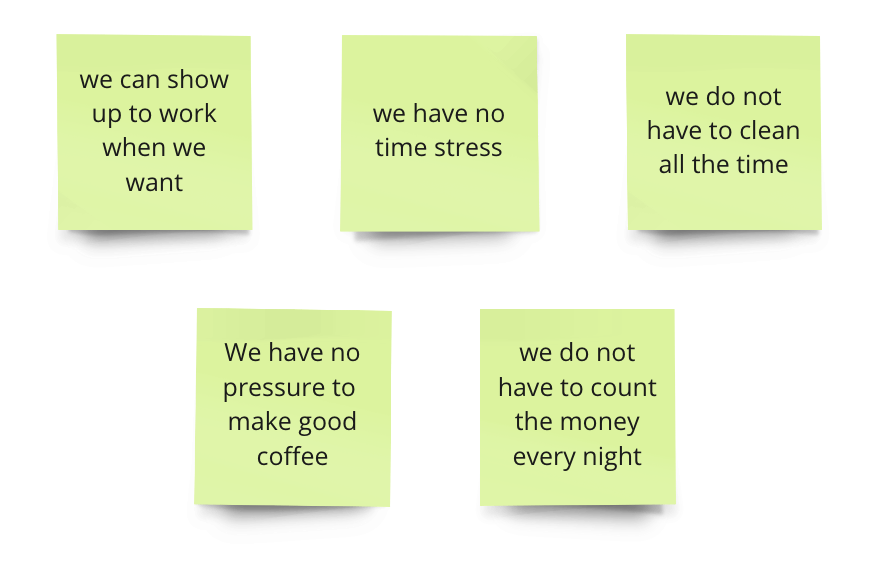
-
Ask: “Since all our work is gone, what else could replace it? What should we build today to make the most of this chance to start over?”.
Ask each person to write down their ideas, one per sticky note. Give them plenty of time to think, but request they keep things feasible; no sci-fi or fantasy, please!

Post the sticky notes where everyone can see, and review them together. These ideas are our feasible futures! -
Discuss as a group:“Back in the real world (where our work hasn’t been destroyed), what must happen to give the greatest number of these feasible futures a fighting chance?”.
Tip: do not actually destroy everything and start over.
- Now, step back and review everything that has been written. Do you all agree on what is written?
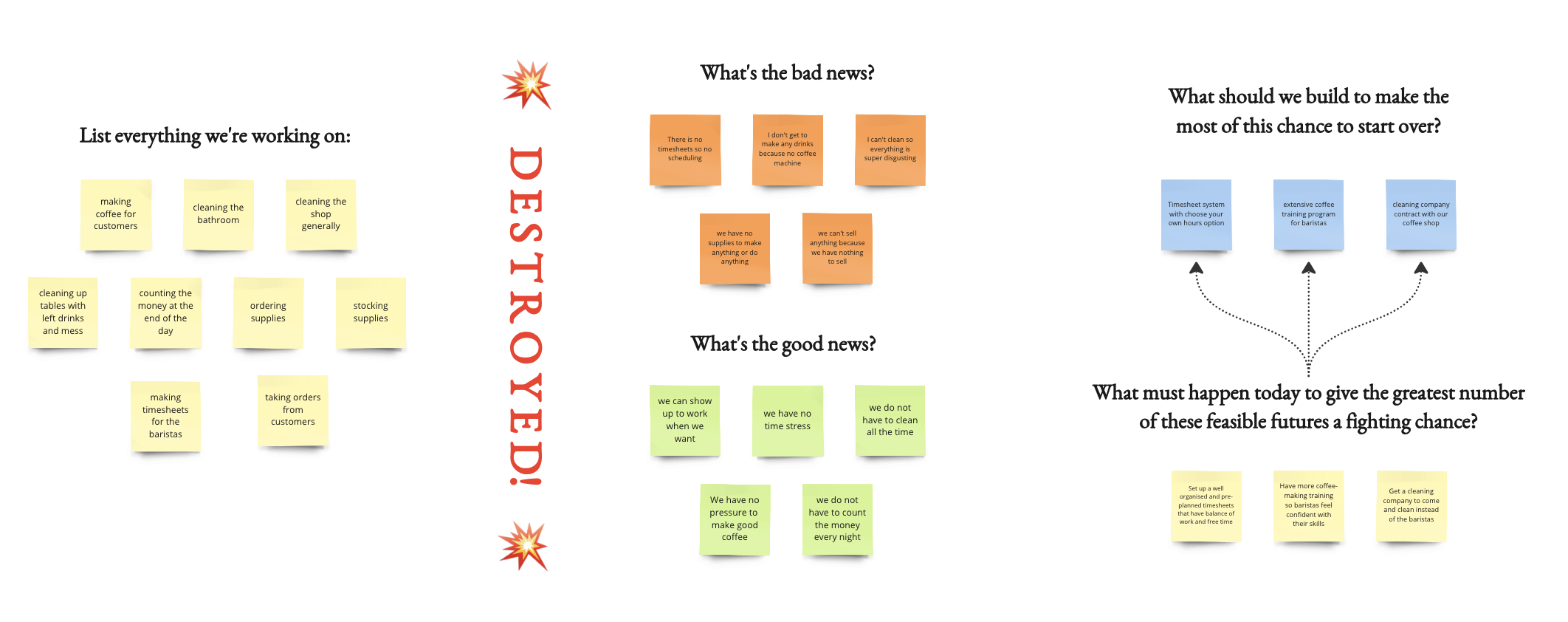
⬇️ In the next tactic, take your answers from step five to use for inspiration for Better Now.
5
Use Better Now to unlock tomorrow’s possibilities
Use Better Now to unlock tomorrow’s possibilities
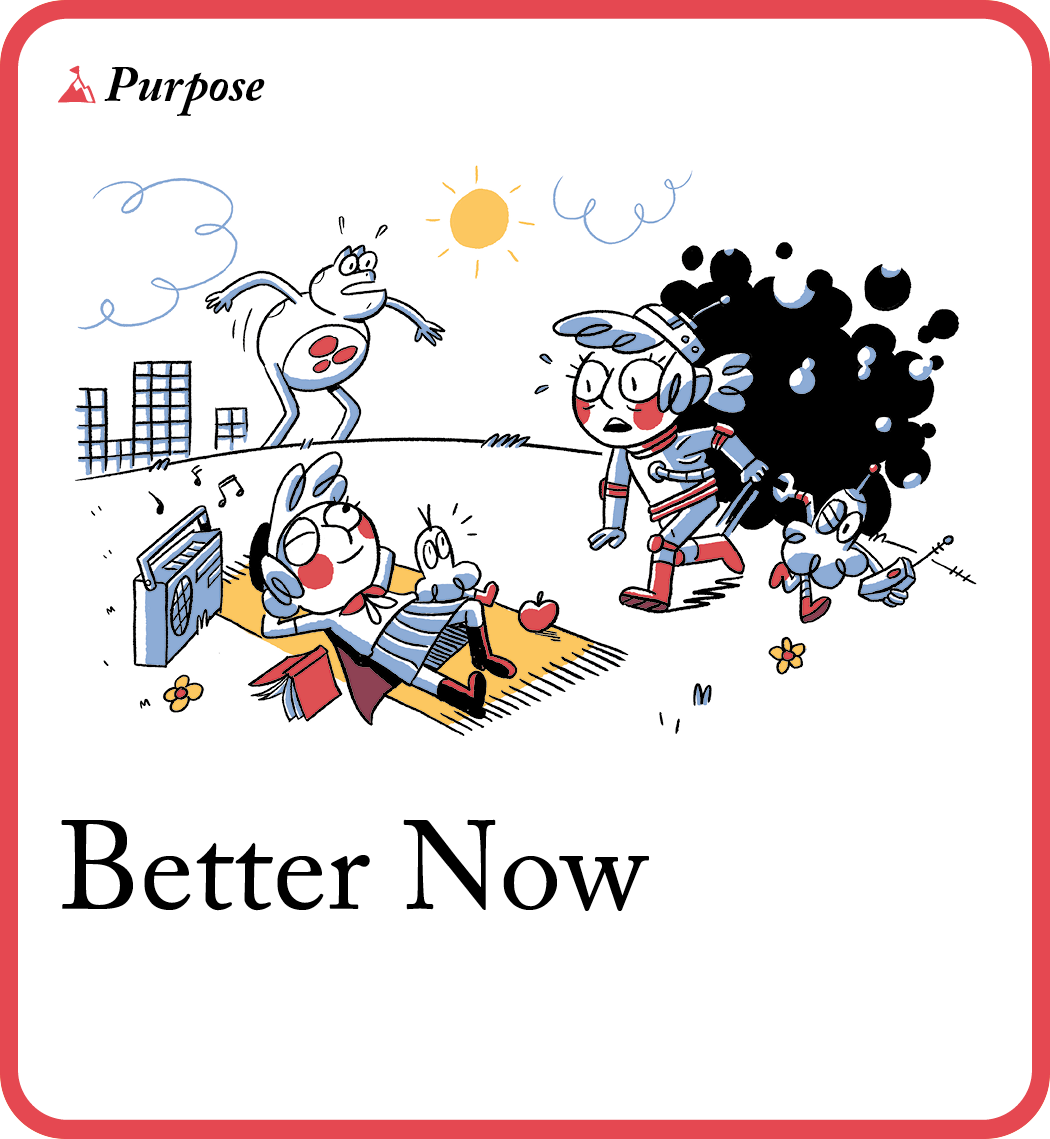
🧠 What’s the goal? Aim for the best possible version of today to unlock the many amazing possibilities of tomorrow.
👀 Why is this important? The gold standard of strategic planning is to “imagine the future, then make a plan to get there”. But things don’t always go according to plan! The future we get is always different than the one we imagined. Make peace with these truths and try something new: instead of planning out the future, aim for a better now (that makes better futures guaranteed)!
💡 Tip: encourage a judgment-free zone. Every idea, no matter how ‘out there’, has value.
Instructions
In the last tactic, you answered the question: “Back in the real world (where our work hasn’t been destroyed), what must happen to give the greatest number of these feasible futures a fighting chance?”. Use your answers as inspiration for a better now future.
- Invite your team to write down their answers to the following questions, one per sticky note, and place them on the right-hand side of your workspace.
a. “What would a good future look like for us?” /“How would it be different than what we have now?”
b. “Imagine the default future that lies ahead of us now. How would a good future be different from that?”
-
Ask the group to imagine a ‘better now’ – a parallel universe where you already have everything you need to reach the good futures they identified. Invite them to write down their answers to the following, one per sticky note, and place them in the center of the workspace:
-
Invite the group to make a plan to get to the ‘better now.’ Have them answer the following, one per sticky note, and place each answer on the left-hand side of the workspace:
-
Start working towards the ‘better now’! Re-run this tactic when you see the signs identified above or if progress stalls.

⬇️ Now that you have completed all five tactics, it is time to start putting some changes into action!
What ways can I use this recipe?
- 20-minute challenge: choose Feasible Futures, then Better Now and try it out with a colleague.
- The complete loop: this means short, separate sessions for each of the five tactics over an extended period of days, or even weeks.
- Full-day experience: do it all in one go! Spend the day diving deep and use all five tactics, with lots of breaks in-between.
Some tips
- Take small, bold steps every day instead of changing everything all at once.
- Mistakes are important. They’re how you learn! So don’t try to be perfect, but do pay careful attention to failure.
- Think of this Guide as a microscope. You can look through it to explore parts of the situation deeply, but you can’t look at everything all at once. So before you dig in, briefly consider which parts of your work you’d like to explore more deeply.
What next?
Congratulations! You have completed a round of How to do Small-Batch Strategy ! But this is only the start. You have transformed complaints into shared change-making challenges, envisioned and planned to avoid potential catastrophes, established a warning system for proactive change management, made a realistic reassessment of your direction, and aimed for today’s best to unlock tomorrow’s possibilities. And now, it is time to put some of your findings into action.

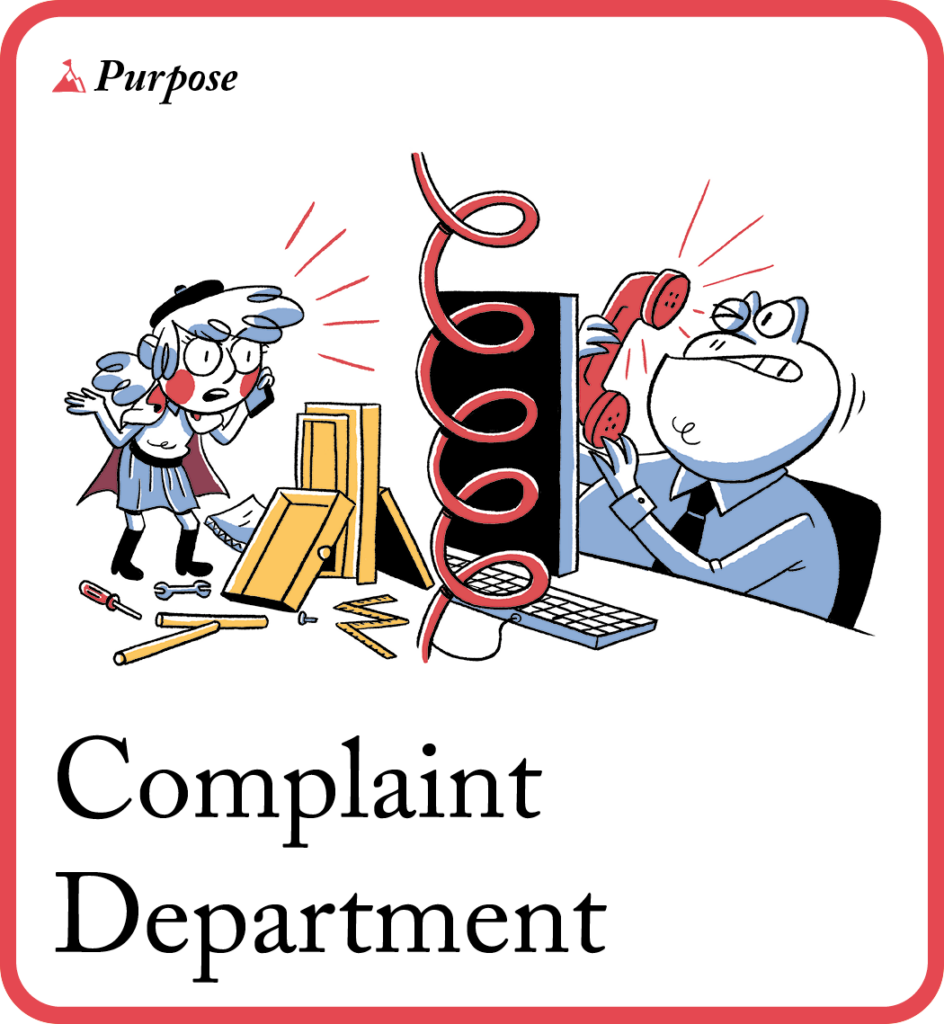
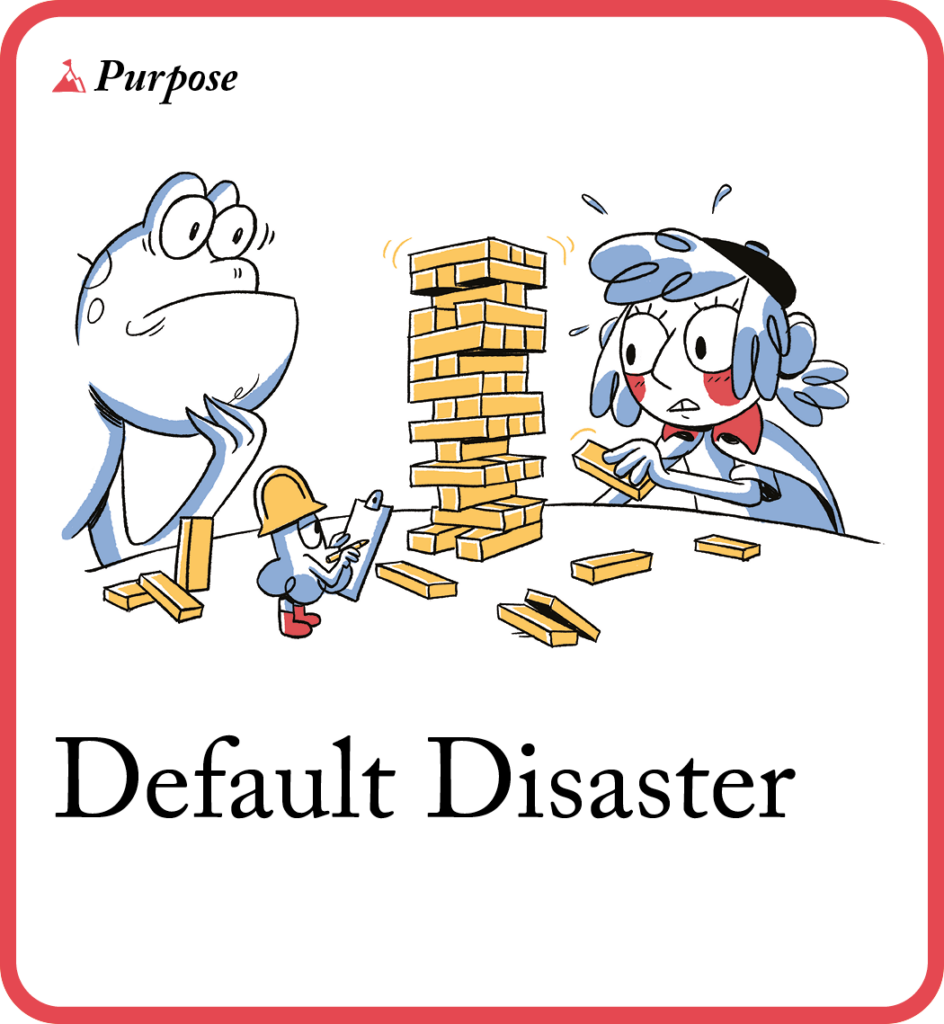
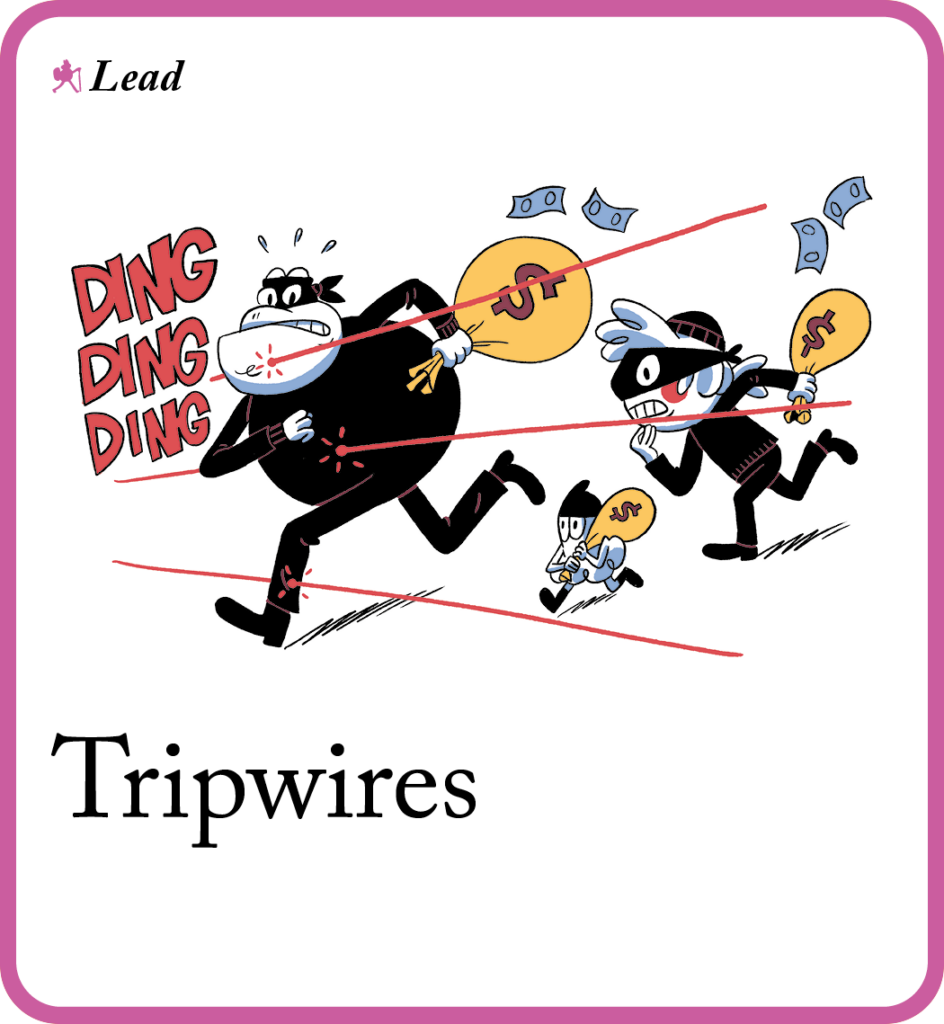
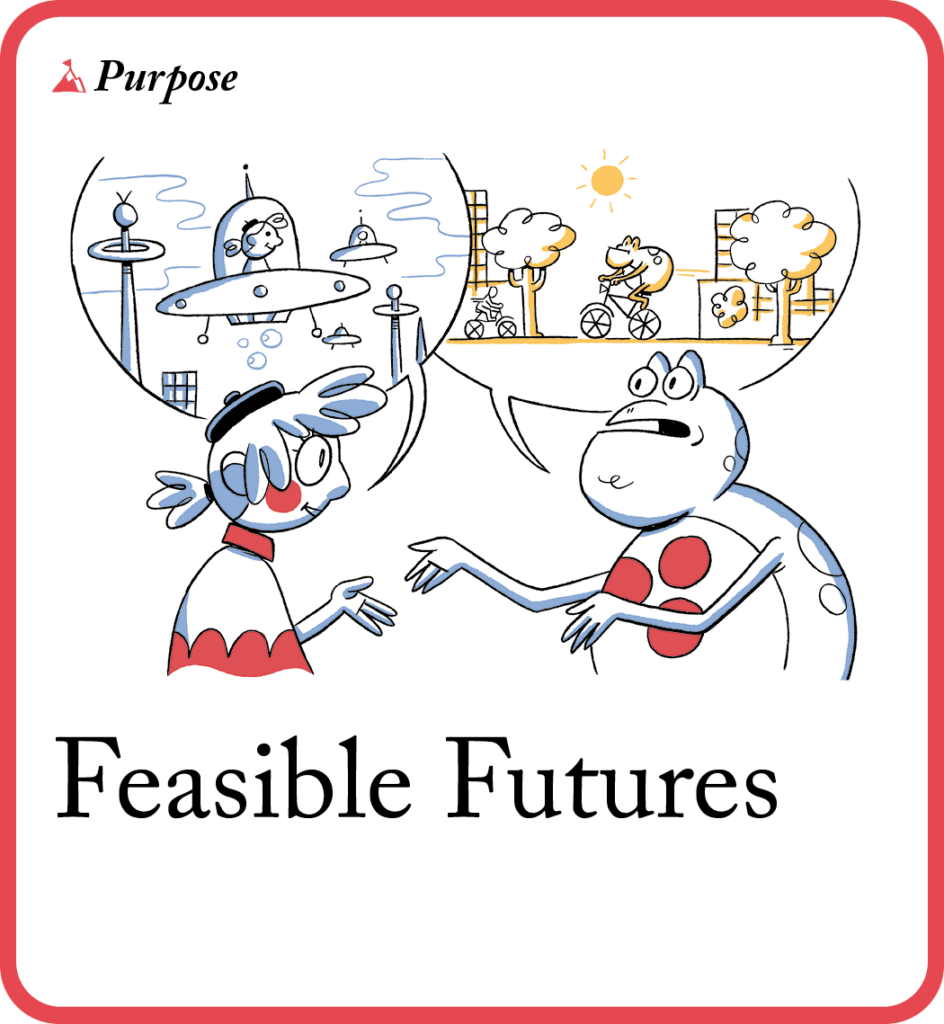
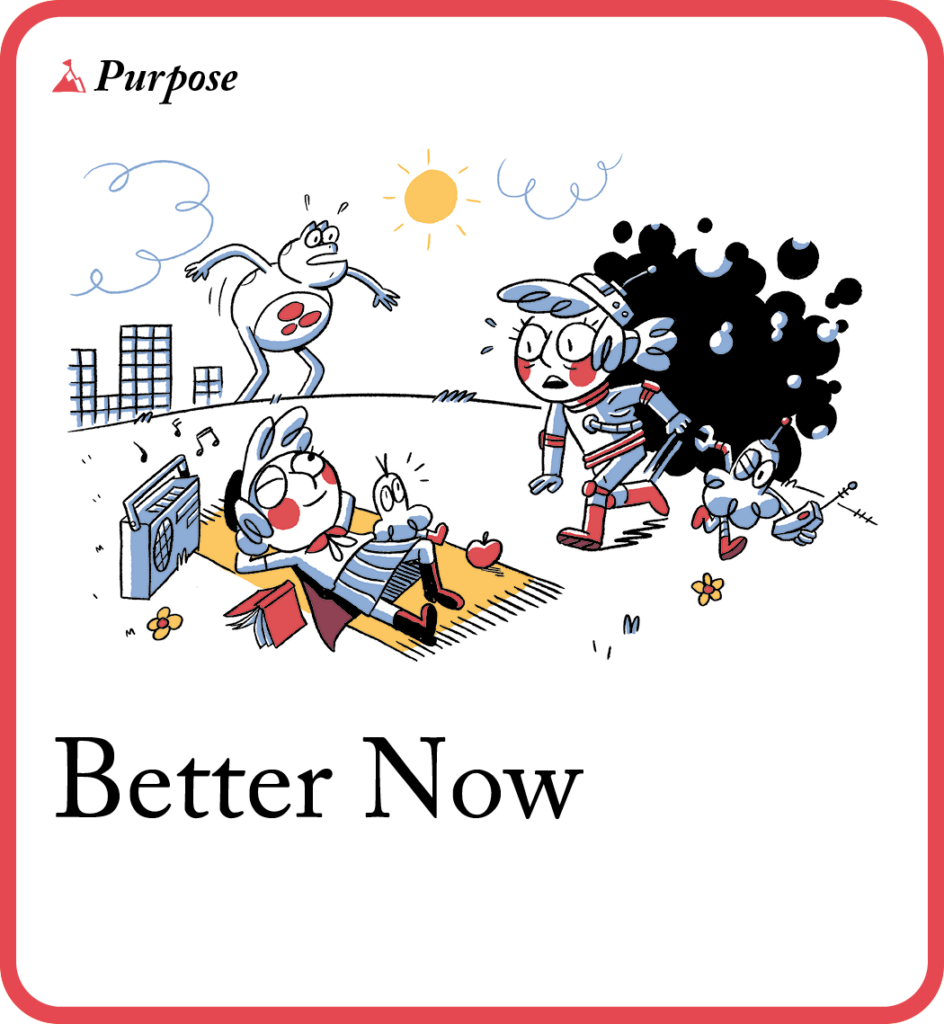
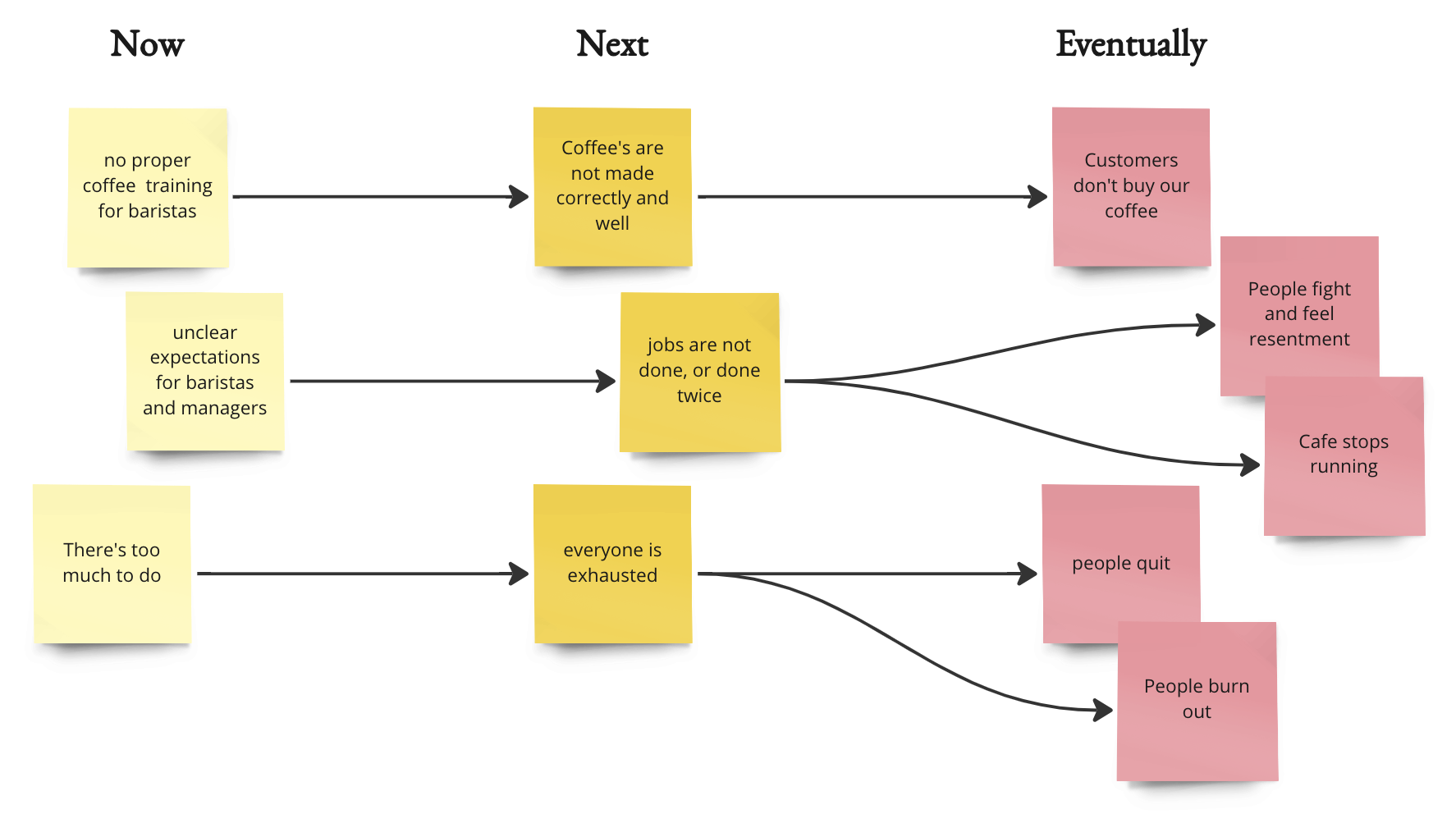

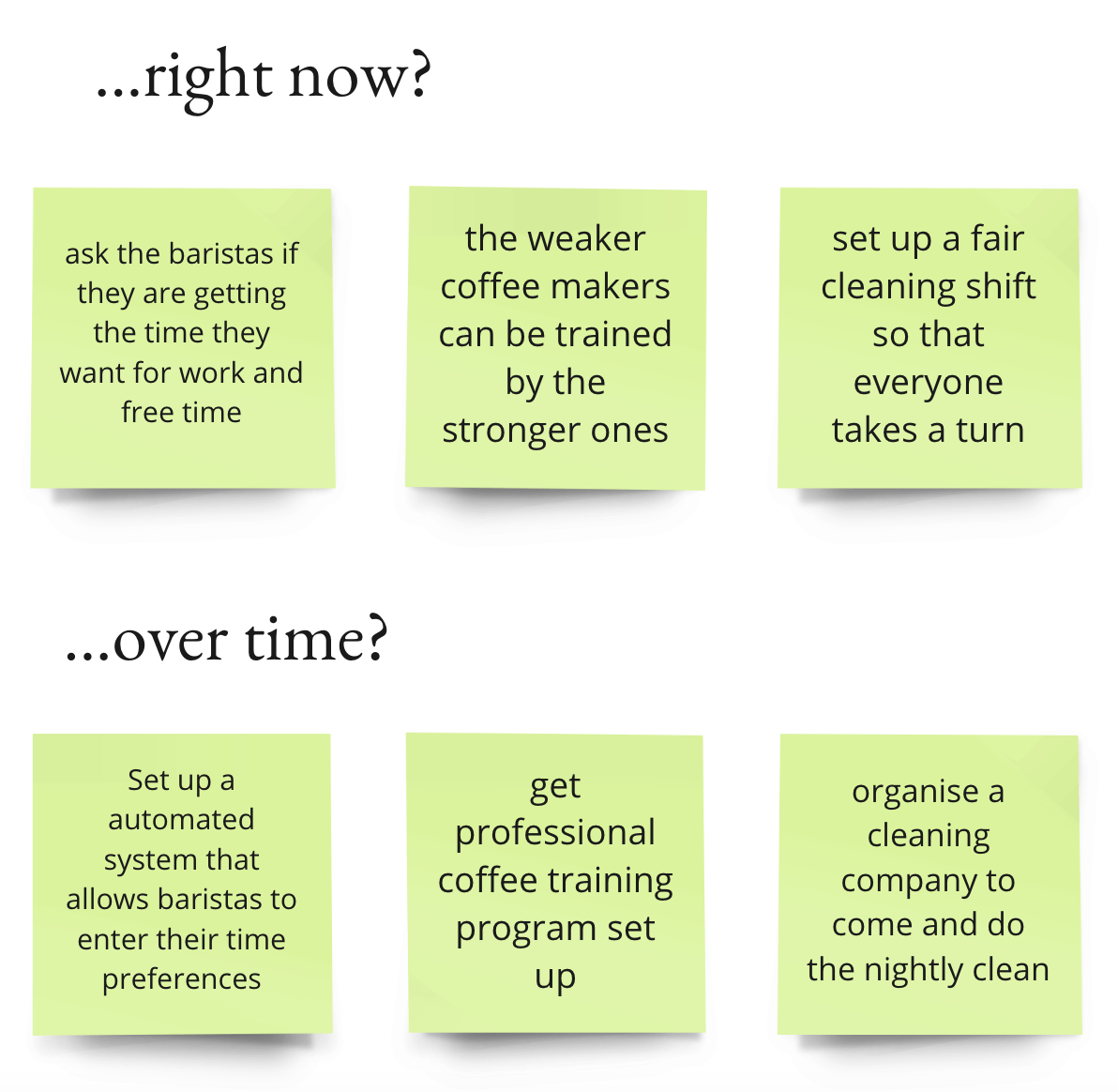
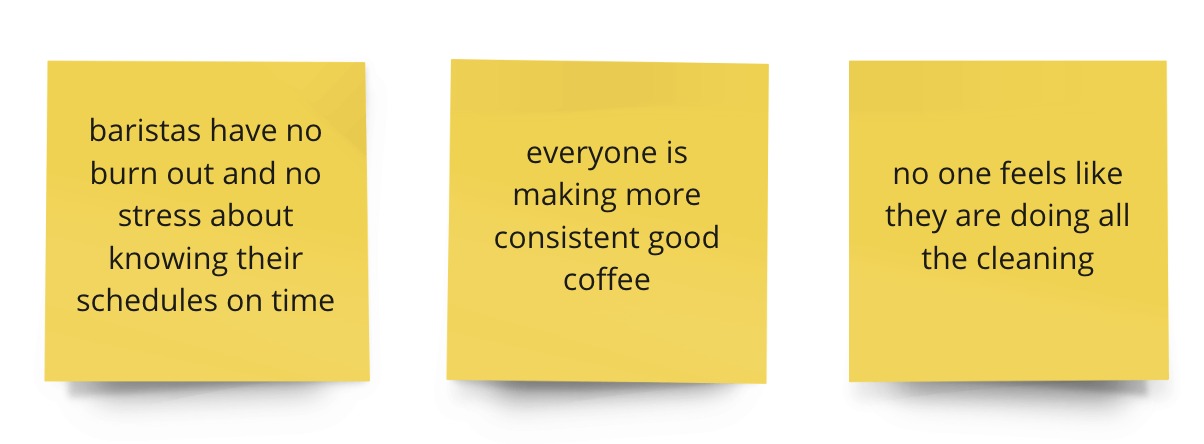
If you leave us your email, we'll let you know if we update this guide based on your feedback.